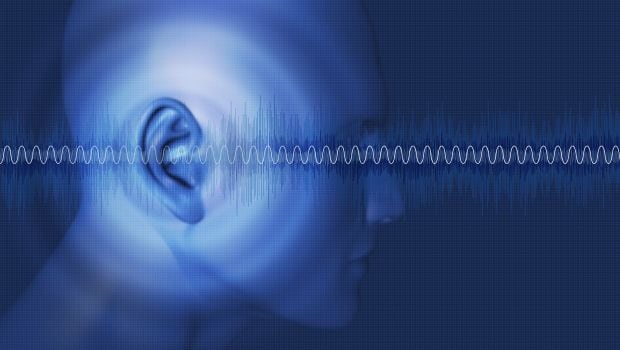Hearing loss is the result of sound signals not reaching the brain. There are two main types of hearing loss, depending on where the problem lies. Sensorineural hearing loss is caused by damage to the sensitive hair cells inside the inner ear or damage to the auditory nerve. This occurs naturally with age or as a result of injury. Conductive hearing loss happens when sounds are unable to pass from your outer ear to your inner ear, often because of a blockage such as earwax or glue ear. While conductive hearing loss can be treated by proper cleaning of the blockage in the ear, sensorineural hearing loss did not have any treatment until now. A recent study suggests that doctors may now be able to regrow hair cells (tiny cells found inside the ear).Researchers have discovered a drug combination that can regenerate hair cells in the human ear that detect sound waves and translate them into nerve signals enabling one to regain the sense of hearing. Each human being is born with about 15,000 hair cells in each ear. Hair cells cannot be regenerated again, once damaged which is also the leading cause of hearing loss. The research concluded that the new combination of drugs can expand the population of progenitor cells known as supporting cells in the ear and induces them to become hair cells, offering a potential new way to treat hearing loss. Professor Robert Langer, Massachusetts Institute of Technology said, “Hearing loss is a real problem as people get older. It’s very much of an unmet need, and this is an entirely new approach.” The drugs can be injected into the middle ear, from which they would diffuse across a membrane into the inner ear, the researchers added.

For the research, the team exposed the cells from a mouse cochlea — the spiral cavity of the inner ear containing the organ of Corti, that produces nerve impulses in response to sound vibrations — grown in a lab dish, to molecules that stimulate the Wnt pathway, which makes the cells multiply rapidly. Once they had a large pool of immature progenitor cells, the researchers added another set of molecules that provoked the cells to differentiate into mature hair cells, which generated about 60 times more mature hair cells than the previously used technique. Associate professor Jeffrey Karp, Brigham and Women’s Hospital (BWH), Boston said, “We only need to promote the proliferation of these supporting cells, and then the natural signaling cascade that exists in the body will drive a portion of those cells to become hair cells."With Inputs from IANS

For the research, the team exposed the cells from a mouse cochlea — the spiral cavity of the inner ear containing the organ of Corti, that produces nerve impulses in response to sound vibrations — grown in a lab dish, to molecules that stimulate the Wnt pathway, which makes the cells multiply rapidly. Once they had a large pool of immature progenitor cells, the researchers added another set of molecules that provoked the cells to differentiate into mature hair cells, which generated about 60 times more mature hair cells than the previously used technique. Associate professor Jeffrey Karp, Brigham and Women’s Hospital (BWH), Boston said, “We only need to promote the proliferation of these supporting cells, and then the natural signaling cascade that exists in the body will drive a portion of those cells to become hair cells."With Inputs from IANS
Advertisement
For the latest food news, health tips and recipes, like us on Facebook or follow us on Twitter and YouTube.
Tags:











